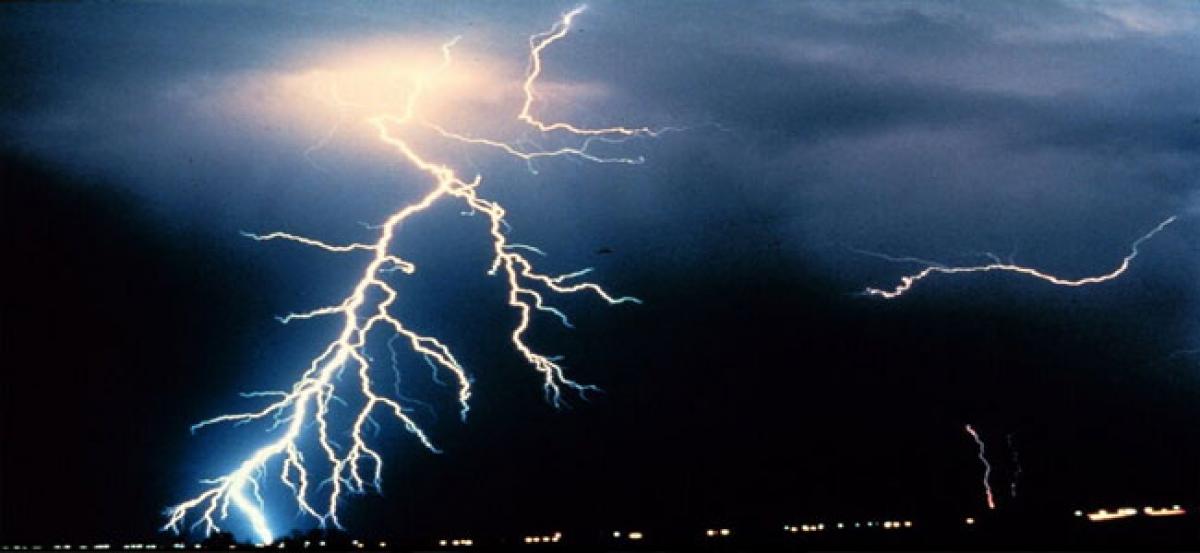What is electricity?

William Gilbert, who is credited with coining the term electricity in 1600, used the Greek word for amber, elektron, as its root In the late 1700s, Benjamin Franklin, one of Americas first scientists, experimented with electricity although he probably didnt really fly a kite during a thunderstorm
What is electricity? That’s a question that has been pondered for centuries! The ancient Greeks realized that the gemstone amber would attract light objects such as feathers or dried leaves after it had been rubbed against fur. William Gilbert, who is credited with coining the term “electricity” in 1600, used the Greek word for amber, elektron, as its root. In the late 1700s, Benjamin Franklin, one of America’s first scientists, experimented with electricity (although he probably didn’t really fly a kite during a thunderstorm!). However, the first important advances in understanding what electricity is came about 50 years later, in Europe.
Electricity as we typically think of it, in electronic gadgets, ovens, and lights comes from electromagnetic force. As the name suggests, this force is also what causes a compass needle to point north, or two magnets to stick together. James Clerk Maxwell, a Scottish physicist in the mid-1800s, showed mathematically that electricity and magnetism are actually just two sides of the same force. One of the keys to understanding electromagnetic force is to know about positive and negative charges of atomic particles. Atoms, the “building blocks” of matter, are made up of tiny particles called neutrons, protons, and electrons. Electrons, the smallest particles, orbit a nucleus formed by denser protons and neutrons, and have a negative charge.
Normally an atom has the same number of electrons and protons. The positively-charged protons balance out the electron’s negative charge to make the atom neutral. (Neutrons are already neutral – they have no charge.) If an atom loses an electron to another atom, though, it becomes positively charged because there are more protons than electrons. On the other hand, when an atom gains an extra electron, it becomes negatively charged because there are more electrons than protons. An electromagnetic force results from these different charges being around each other.
Chances are, you’ve heard the saying, “Opposites attract.” This applies to electromagnetism as well. One of the laws of electromagnetism is that like (similar) charges repel and opposite charges attract. What actually happens is that photons, small bits of electromagnetic energy or light, are exchanged between positively- and negatively-charged particles. The more charge something has, the more it attracts or repels. Also, the closer two charges are to each other, the greater the attraction or repulsion between them.
You can demonstrate how charges attract and repel with the following experiment. Hang two inflated balloons from a doorframe or ceiling so that they are just touching. Take a sweater or wool sock and rub the sides of both balloons to negatively charge them – the balloons will pick up extra electrons from the sweater. What happens? The balloons will repel each other – the two negative charges push each other away. What do you think will happen if you stick your hand, which is positively charged, in between the two balloons? Because the balloons have a negative charge, they will be attracted and move toward the positive charge of your hand.
The Law of Change Conservation states that the net amount of electric charge is constant, so electrons can only move from one place to another – they don’t disappear. This means that if one thing gains electrons and becomes negatively charged, something else has lost electrons and become positively charged. In your experiment, the balloons picked up the extra electrons and became negatively charged, while the wool lost electrons.
















